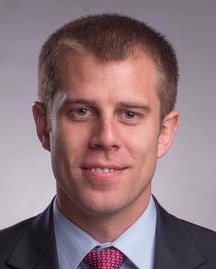Tissue-Engineered Biomaterials as a Solution to Peripheral Nervous System Injury
Peripheral nerve injuries impact millions of Americans each year with many more living with the effects of traumatic nerve injuries. In severe peripheral nerve injuries, nerve pathways, connections, and the extracellular matrix (ECM) tissue surrounding nerve that lead to the sensory or motor targets are damaged. If the injury gap is larger than 2 centimeters, functional recovery is extremely limited and no adequate therapies are currently available. This deeply impacts the quality of life due to the loss of connection between the central nervous system and the body’s extremities. Neurons do not have the ability or needed signals from the damaged ECM surrounding the injury site to allow guided growth of axons across the injury space. Therefore, this project will address the urgent need to engineer novel biomaterials that give the proper electrical, physical, and chemical signaling to cells and neurons for guided nerve regeneration and provide functional recoveries in traumatic nerve injuries. This will be accomplished by engineering biomaterials (Figure 1A,B) to possess the proper physical, electrical, and chemical signals in order to direct cell alignment and growth. We will develop these biomaterials to deliver defined, tunable signals to the cells in order to elicit the desired cellular outcomes (Figure 1C,D). It is hypothesized that the biomaterial, in combination with relevant cells and ECM, will functionally bridge the injury gap to restore function to injured tissues.

Figure 1: (A,B) Scanning electron microscopy image of electrospun PVDF polymer of defined chemical, physical, and electrical properties with Schwann cells growing on fibers. Confocal microscopy showing (C) Schwann cells in a 3D z-stack projection on PVDF and a (D) maximum intensity image showing alignment of cells on fibers.
Director

Greg Harris
Associate Professor of Chemical Engineering, CEAS - Chemical Eng
880 MANTEI
The lab’s research interests broadly include peripheral nerve and spinal cord injuries, cell-extracellular matrix interactions, biomaterials, and all facets of tissue engineering. This research area is a highly interdisciplinary field integrating many specialties such as engineering, chemistry, and biology. Our studies aim to systematically examine injury and disease states, and use engineering tools to understand and build viable clinical solutions.